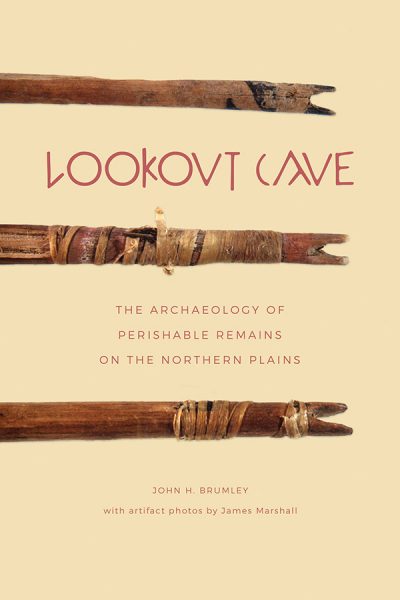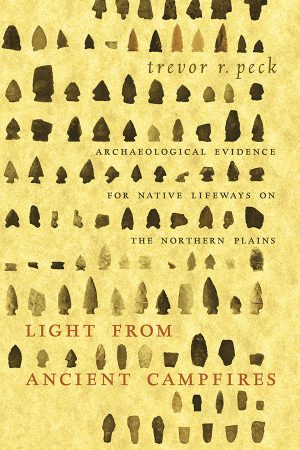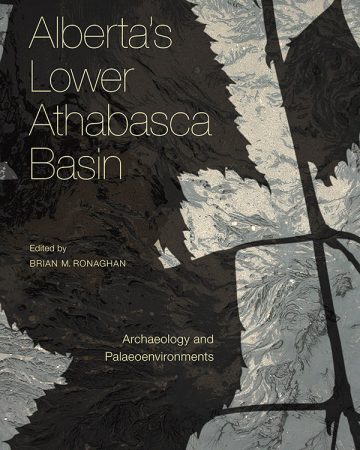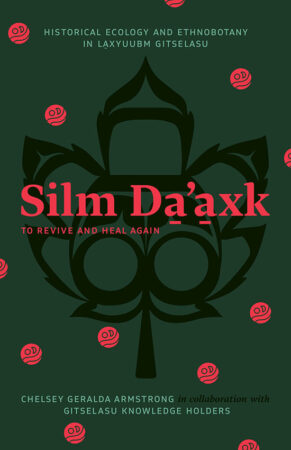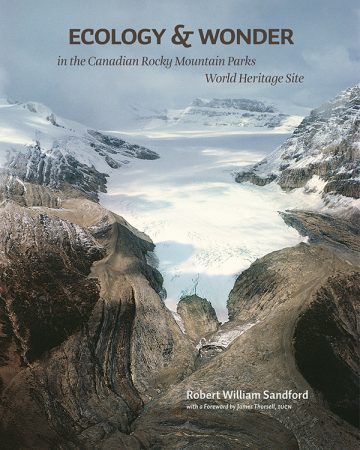Subjects: Archaeology, Geography and Landscape
Series: Recovering the Past: Studies in Archaeology
Imprint: AU Press
- 9781771991797 (paperback)
- 9781771991803 (pdf)
- 9781771991810 (epub)
In the mid-1960s, when he was still in high school, John Brumley visited Lookout Cave for the first time and instinctively recognized that the site was exceptional. Located in north-central Montana, the cave had long been known to Indigenous peoples, among them ancestral Blackfoot, before it was “discovered” in 1920 by a US Forest Service ranger. However, little formal archaeological work took place at the site until 1969, when a field crew from the University of Montana excavated a large portion of the cave floor. The result was an extensive archaeological assemblage, which included more than a thousand items of highly perishable wood, feathers, and sinew. Yet these invaluable materials remained tucked away in cardboard boxes and paper field collection bags until the year 2000, when Brumley returned his attention to Lookout Cave, this time to conduct an analysis of the lithic, faunal, and organic materials collected from the site.
Although it is rare for organic materials to survive at Plains archaeological sites, in the absence of moisture and direct sunlight, the interior of the cave created excellent conditions for preservation. Apart from the richness of its archaeological record, however, Lookout Cave stands out for its remarkable series of rock paintings, some of them very old—images that provide crucial context for archaeological interpretation. Thanks to a contribution by rock art specialist Larry Loendorf, this densely illustrated volume is able to offer a comprehensive portrait of the site, one that yields new insights into Plains cultures and the lifeways of those who created them.
This work is licensed under a Creative Commons License (CC BY-NC-ND 4.0). It may be reproduced for non-commercial purposes, provided that the original author is credited.
